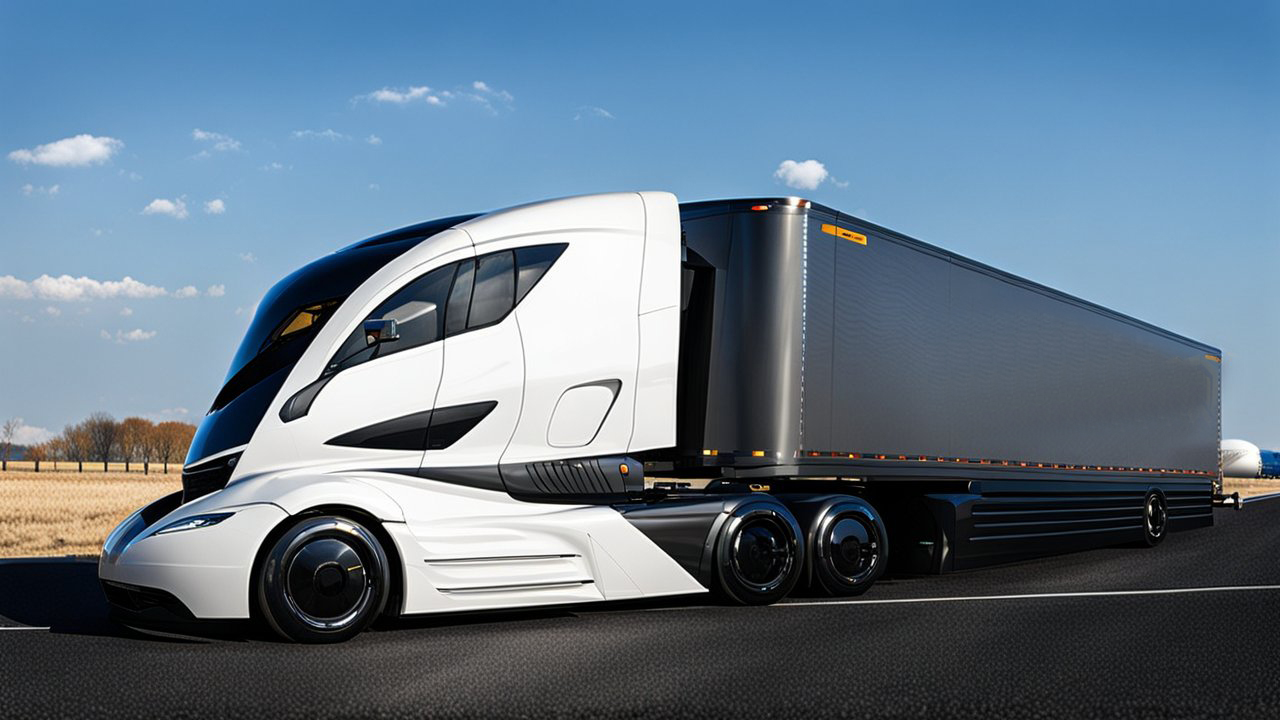Tesla’s recall of more than two million vehicles in the U.S. represents an important turning point in the realm of automotive safety. This extraordinary recall by Tesla is intended to fix serious issues with its Autopilot technology. Tesla’s dedication to safety and its adaptability to regulatory developments are demonstrated by this step. It emphasizes how the business is taking the initiative to improve driving safety by implementing cutting-edge technical protections.
This recall was sparked in large part by the National Highway Traffic Safety Administration (NHTSA), a major participant in vehicle safety regulations. Their participation emphasizes how crucial it is to ensure the safe operation of advanced driver-assistance systems (ADAS), which are coming under more and more scrutiny. This recall is a clear indication of how vehicle safety is changing as laws and technology combine to redefine driving norms, rather than merely a reaction to possible hazards.

For the electric vehicle industry, this extensive recall—which essentially impacts every Tesla on American roads—marks a significant turning point. It draws attention to both Tesla’s significant market dominance and the growing mistrust around autonomous driving technologies. Tesla’s own document identifies the Autopilot software’s flaws and cites circumstances in which driver misuse may raise the risk of an accident. This proactive response demonstrates a strong commitment to safety, even if Tesla had some reservations at first regarding the NHTSA’s conclusions. By addressing these issues head-on, Tesla intends to increase customer trust in its technology while making necessary adjustments to safety requirements.
The NHTSA’s extensive two-year examination of Tesla examined how well drivers interacted with Autopilot. This investigation gathered traction after many deadly incidents using the Autopilot technology, which prompted Tesla to take immediate action. Tesla responded by agreeing to the recall, proving its dedication to consumer confidence and safety. They plan to release a major software upgrade that will improve the present system by adding stronger notifications and controls. By utilizing the Autosteer function, this upgrade seeks to greatly increase driver awareness and adherence to safe driving procedures.

Senators from the United States and law enforcement have taken a keen interest in Tesla’s wide recall, highlighting the company’s urgent need to put vehicle safety first and stop providing drivers with false information. The National Highway Traffic Safety Administration (NHTSA) is closely observing the success of Tesla’s remedial actions while carrying out a comprehensive examination of the Autopilot function. The current legal proceedings against Tesla are probably going to be significantly impacted by this recall, which might also have an impact on how evidence is presented in incidents involving the Autopilot and future regulations pertaining to autonomous car technology.
Despite being revolutionary, Tesla’s Full Self-Driving (FSD) and Autopilot technologies have sparked serious questions about their compliance with traffic regulations and ability to prevent accidents. By improving Autosteer’s operation and updating visual alerts, the most recent recall seeks to lessen these problems. Industry experts caution that these changes could not completely relieve drivers of their need to maintain awareness and control. The inherent difficulty is striking a balance between user safety and technical innovation, making sure that these cutting-edge devices do not give consumers a false sense of security. This recall highlights the necessity for Tesla to continuously develop its driver-assistance technology in order to achieve the strict safety requirements necessary in the ever-changing automotive industry of today.

This widespread recall highlights the challenges of combining cutting-edge driver-assistance systems with strict safety regulations and represents an important development for both Tesla and the larger electric car industry. With the launch of its extensive improvements, Tesla is clearly moving in the direction of promoting driver involvement and responsible use of the Autopilot function. In addition to addressing current safety issues, this calculated action establishes a standard for upcoming developments in autonomous driving technology, demonstrating a dedication to promoting vehicle safety in tandem with technical advancement.
In terms of shipping electric cars—including Teslas—Ship A Car, Inc. is the best option. A safe, effective, and dependable transportation experience is ensured by their proficiency in managing the unique requirements of electric cars. They are the best solution for all of your shipping needs with electric vehicles because of their dedication to both vehicle safety and customer satisfaction.

Q: Why has Tesla issued such a large-scale recall in the United States?
A: Concerns have been raised about the capability of Tesla’s Autopilot technology to assure driver participation and prevent misuse, both of which might result in accidents. This is the reason for the recall.
Q: Where can I get a list of the Tesla models that have been recalled?
A: To answer your question, the recall affects 2.03 million Model S, X, 3, and Y vehicles in the United States, which is almost all of the Tesla vehicles that are currently on the road.
Q: What steps will Tesla take to resolve the issues regarding Autopilot?
A: Tesla intends to implement an over-the-air software upgrade that will include additional controls and notifications in order to improve driver involvement and ensure that safe driving practices are properly adhered to.




